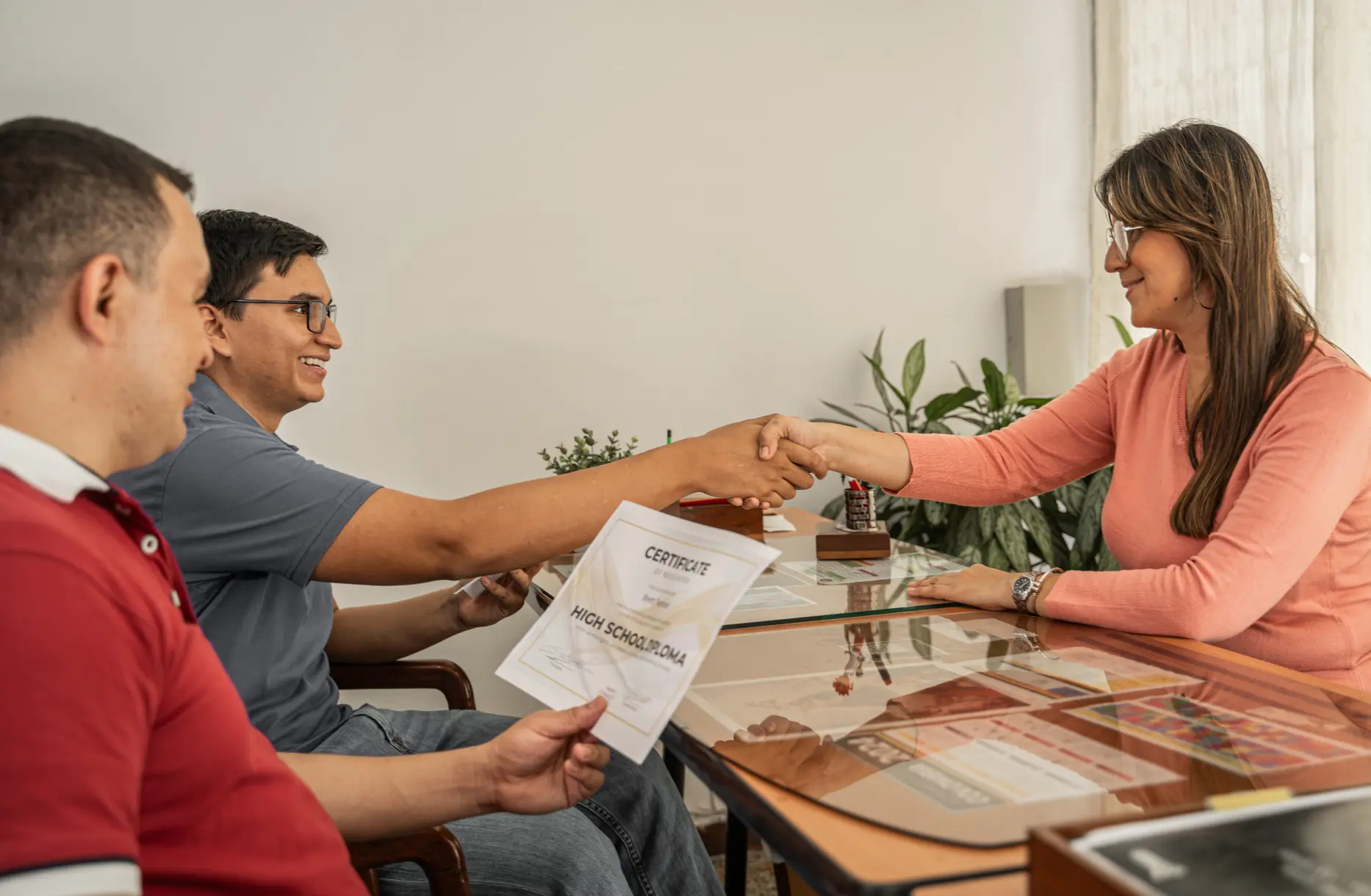The Changes GED Education is Making in US Inmates’
Lives
Do you know how correctional education is transforming lives in today’s world? In the USA, GED education in correctional facilities is doing just that. By offering inmates the chance to earn their high school equivalency credentials, we’re not just changing individual lives—we’re building safer, more inclusive communities. Let’s dive into how GED education is making a difference and why it matters to all of us.
Why GED Education Matters
Imagine being given a second chance—a real opportunity to turn your life around. This is what GED education represents for many inmates. Here’s why it’s so important:
1. Program Participation and Completion
Participation Rates: approximately 50% of inmates in U.S. correctional facilities engage in some form of educational program. This includes basic education, GED preparation, and post-secondary education (Office of Justice Programs) (RAND Analysis).
Completion Rates: The national completion rate for GED programs within prisons is around 26%. This indicates a significant number of inmates are working towards and achieving their high school equivalency while incarcerated (Office of Justice Programs).
2. Impact on Recidivism
Reducing Repeat Offenses: Inmates who participate in correctional education programs, including GED programs, are 43% less likely to re-offend compared to those who do not participate in such programs. This substantial reduction highlights the effectiveness of educational interventions in lowering recidivism rates (RAND Analysis).
3. Employment Outcomes
Opening Doors to Employment: Earning a GED is crucial for post-incarceration employment. Research indicates that inmates who achieve their GED are about 13% more likely to secure employment after release. A high school diploma or equivalent is often a minimum requirement for many job opportunities, making GED education a critical factor in successful reintegration into society.
4. Personal Growth and Facility Environment
Fostering Personal Growth: Obtaining a GED represents more than just passing a test; it is a significant milestone that boosts self-esteem and fosters a sense of accomplishment. For many inmates, earning their GED is the first step towards personal development and building a new identity beyond their past mistakes.
Creating Positive Facility Environments: Educational programs contribute to a more positive and disciplined environment within correctional facilities. Inmates engaged in learning activities are generally more focused and less likely to cause disruptions, which enhances the facility’s safety and orderliness.
5. Funding and Resources
Funding and Resources: GED programs in correctional facilities are funded through a mix of federal, state, and local sources. Programs like the Second Chance Act provide crucial financial support for educational and reentry initiatives. Despite this, specific funding levels and resource availability vary by state and facility.

What GED Programs Look Like in Correctional Facilities
GED programs in correctional facilities are designed to meet inmates where they are, providing tailored support to help them succeed. Here’s how these programs typically operate:
Assessment and Placement: Inmates undergo assessments to determine their educational levels and specific learning needs. This ensures they are placed in the suitable classes and receive the support they need to thrive.
Customized Curriculum: The curriculum covers the four key areas of the GED test: Mathematical Reasoning, Reasoning Through Language Arts, Social Studies, and Science. Additional components, such as life skills and vocational training, are often included to provide a well-rounded education.
Qualified Instructors: Instructors in correctional facilities are trained to handle the unique challenges of teaching in this environment. They bring patience, understanding, and expertise to help inmates overcome educational barriers.
Access to Resources: Despite being in a correctional setting, inmates are provided with textbooks, study materials, and sometimes even access to computers and online resources. This ensures they have the tools needed to prepare for the GED test.
Support Services: Beyond academic instruction, many facilities offer counseling, mentorship, and career planning to address personal and social barriers. These support services are crucial in helping inmates stay motivated and focused on their goals.
Overcoming Challenges
Implementing GED education in correctional facilities has its challenges. However, innovative solutions are making it possible to provide quality education even in these settings:
Limited Resources: Correctional facilities often operate with limited budgets. Creative solutions, such as partnerships with educational institutions and non-profits, help bridge the resource gap. Volunteers and grant funding also play a crucial role.
Security Concerns: Balancing educational opportunities with security needs requires careful planning. Coordination between educational staff and security personnel ensures that learning environments are safe and conducive to education.
Motivational Barriers: Inmates may struggle with motivation due to past educational failures or personal issues. Creating a supportive and encouraging atmosphere, along with highlighting the long-term benefits of education, can help overcome these barriers.
Diverse Educational Backgrounds: Inmates come from varied educational backgrounds, making it challenging to provide standardized instruction. Differentiated instruction and personalized learning plans help meet the diverse needs of the inmate population.
The Future of GED Education in Correctional Facilities
The future of GED education in correctional facilities is bright, with ongoing efforts to expand and improve these programs. Key areas of focus include:
Technological Integration: Incorporating online learning platforms and digital resources provides inmates with more flexible and comprehensive educational opportunities.
Strengthening Partnerships: Collaboration between correctional facilities, educational institutions, non-profits, and government agencies enhances resource sharing and program effectiveness.
Holistic Support: Expanding support services to address educational but also psychological, social, and vocational needs is crucial. Comprehensive reentry programs ensure that inmates transition smoothly back into society.
Policy Advocacy: Advocating for policies that prioritize and fund correctional education programs is essential. Recognizing the role of education in reducing recidivism and promoting public safety can lead to more robust support for these initiatives.
Join the Movement for Change
GED education in correctional facilities is more than a program—it’s a pathway to a better future. By supporting these initiatives, we can help break the cycle of incarceration and build stronger, safer communities.
What Can You Do?